Published in the Sunday Mumbai Samachar on 03 August 2025
A quiet revolution is reshaping how we engage with art, history, and memory—and it might just change how you travel next.
During the pandemic, I hosted a podcast called Know the Unknown, exploring global curiosities in 420 episodes. One standout was “Why is the Mona Lisa Always Staring at You?” where we uncovered da Vinci’s “sfumato” technique, the magic that makes her gaze follow you.
That painting still fascinates me, not just for the technique but because of what it represents. On tours I led when we began Veena World, before we had 350+ dedicated tour managers. I saw countless travellers race through museum halls to find the Mona Lisa, snap a photo, and exclaim: “That’s it? So small!”
This moment illustrates something deeper: our relationship with museums is ready for reinvention. Once sacred halls of silence and stillness, museums today are becoming playgrounds of emotion, imagination, and interaction. They’re no longer just about looking; they’re about feeling, doing, and remembering.
Let’s dive into this evolution, from static exhibits to immersive wonderlands, and explore how museums are changing for the better.
A Brief History of How Museums Used to Be
For much of the 20th century, museums followed a clear formula: quiet rooms, artefacts behind glass, artworks on white walls, and polite placards explaining it all.
They were built to preserve history, not necessarily to invite curiosity. Visitors would walk in, pick up an audio guide, skim descriptions, take photos, and move along. Educational, yes. Emotional, rarely.
Younger visitors, or those less familiar with art and history, often felt disconnected, rushing through exhibits as part of a checklist. But today, things are changing.
Thanks to new technologies and a shift in mindset, museums are becoming vibrant, interactive spaces that invite participation rather than passive observation.
The Rise of Immersive Experiences
Step into a modern museum, and you might find yourself in an entirely different world, one where art isn’t just on the walls, but around you.
At Tokyo’s TeamLab Borderless, there are no maps or guides. Just interactive digital art that flows as you move. Flowers bloom beneath your feet, waves crash around you in 3D, each space evolving based on your presence.
Or take the Van Gogh immersive exhibitions touring globally. You don’t just look at Starry Night, you walk through it. Sunflowers swirl across the floor; colours ripple around you. It's about feeling the artist’s emotion, not just analysing technique.
These aren’t replacements for traditional museums, they're companions. They speak to a new generation: sensory-first, time-poor, and connection-hungry. They especially resonate with children and families, who find magic in glowing rooms and interactive soundscapes. But they captivate adults, too, awakening wonder we often forget.
It’s not about making museums “fun.” It’s about making them alive.
Play and Participation: Museums That Let You Touch
Not all innovation relies on high-tech projections. Sometimes, the key is simple: let people touch, play, and explore.
The Exploratorium in San Francisco exemplifies this. Built on curiosity, it encourages you to freeze your shadow, dance to measure your heartbeat, or build your own contraptions. Learning becomes visceral.
In Amsterdam, Micropia, a museum about microbes, lets you scan your skin and see your own invisible ecosystem. It’s playful, weird, and deeply memorable.
Even traditional art museums are borrowing this energy. Interactive exhibits let you sketch, vote, or co-create. Children’s museums have long embraced this ethos, and now science centres and history museums are catching on.
Why? Because we all learn better through action. Whether by building, moving, or simply touching, participation builds deeper, longer-lasting connections. And it reminds us that curiosity doesn’t end in childhood.
Traditional Museums Are Quietly Evolving
Iconic institutions aren’t being left behind, they’re simply evolving in quieter, powerful ways.
The Louvre now offers a Mona Lisa VR experience, where you step into the painting’s world through a headset. Instead of a rushed selfie, you get context: who she was, how da Vinci painted her, and why she matters.
Amsterdam’s Rijksmuseum encourages deeper engagement with drawing stations and mobile apps that help you slow down, look closer, and sketch your thoughts. In doing so, you connect more personally with Rembrandt or Vermeer.
Indian museums are also joining this wave. The Indian Music Experience Museum in Bengaluru uses soundscapes, touchable instruments, and tech to make India’s musical legacy interactive. In Amritsar, the Partition Museum blends oral histories with artefacts to tell the deeply human story of India’s partition.
These aren’t loud revolutions. But they’re meaningful. They shift the visitor’s role from passive observer to engaged participant.
When Museums Make You Feel
Some museums go even further: they aim not just to inform, but to move.
Berlin’s Jewish Museum, designed by architect Daniel Libeskind, is a striking example. Its disorienting angles and silent Holocaust Tower are powerful, physical metaphors for loss and absence. The building itself is part of the story.
In Hiroshima, the Peace Memorial Museum tells a harrowing tale through melted watches, charred school uniforms, and sobering photos. It doesn’t just show history, it makes you feel its weight.
In Cape Town’s District Six Museum, the personal stories of a displaced community are told through handwritten notes, street signs, and household objects. It’s a tapestry of memory and injustice, brought alive through raw, honest detail.
These aren’t just exhibits. They’re acts of remembrance. They invite empathy and introspection, qualities the world needs more of.
And emotion doesn’t always mean sorrow. Zagreb’s Museum of Broken Relationships houses everyday objects donated by people around the world, each with a story of love lost. It’s funny, tragic, tender, and profoundly human.
These places remind us that museums are not just collections. They are experiences. They hold space for memory, humour, grief, and beauty.
My Travel Tips for Museum-Goers
A common travel phenomenon? Museum fatigue. It hits when you've seen too much too fast. Your feet ache, your mind blurs, and all the artefacts start to look the same.
Here’s what I recommend: slow down. Don’t aim to “finish” a museum. Instead, focus on just one section that sparks genuine interest. Take your time. Sit. Read. Reflect. You’ll remember more and enjoy it more.
And don’t go hungry or tired. It may sound trivial, but your brain absorbs better when your body feels good. Today’s museums often have lovely cafés, ideal for breaks, conversations, and contemplation.
Above all, stop chasing “the highlight.” Linger instead. Let yourself be surprised by the obscure object in the corner, the forgotten room, the exhibit no one else is looking at.
Because, as I’ve learned from years of travel and podcasting, the richest discoveries often come when we slow down, wander off course, and truly look.
In this new age of museums, where light reacts to your movement, stories surround you in sound, and even microbes become magical, it’s clear: the museum of the future doesn’t ask you to just observe. It invites you to feel, play, and connect.
So, the next time you travel, don’t skip the museum. Just approach it differently. You might walk in curious, and walk out transformed.










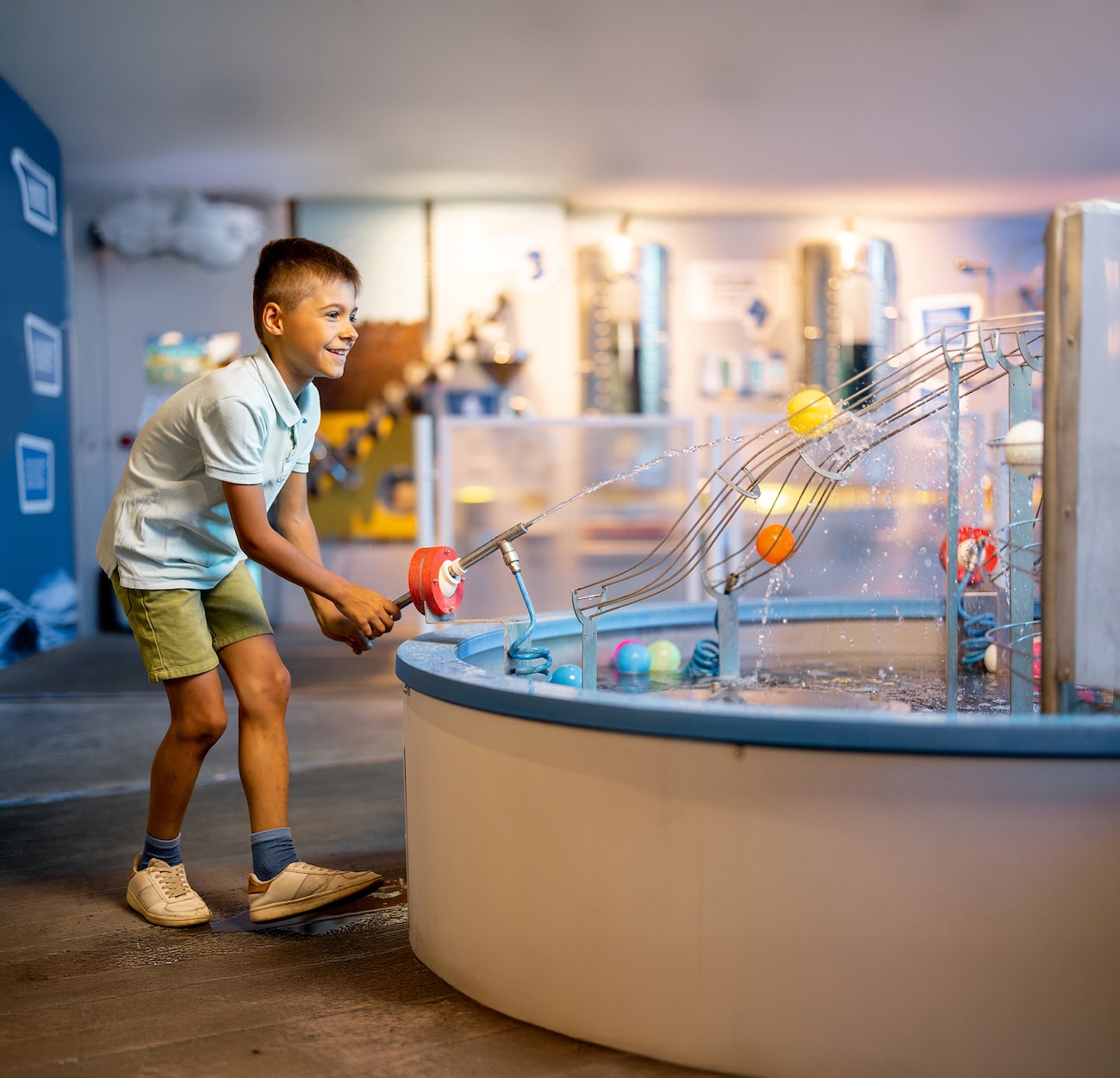
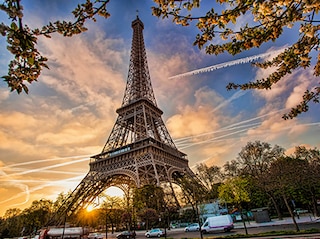


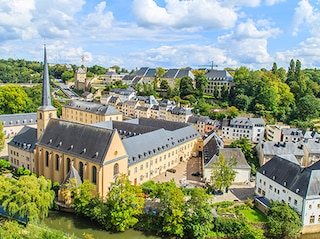

























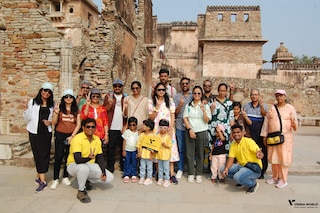
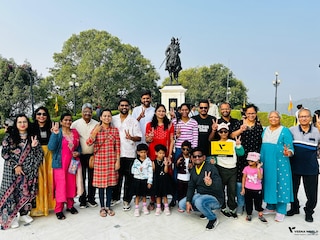
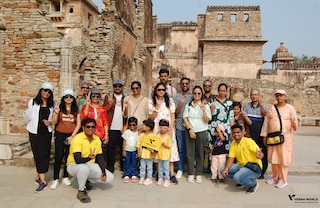
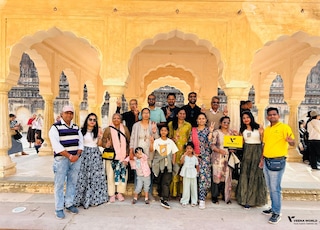
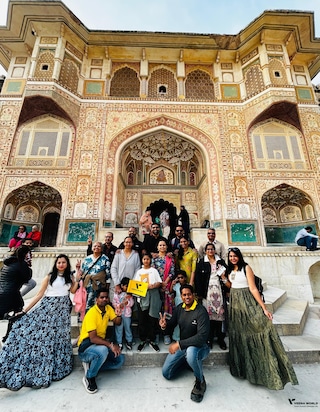




Post your Comment
Please let us know your thoughts on this story by leaving a comment.